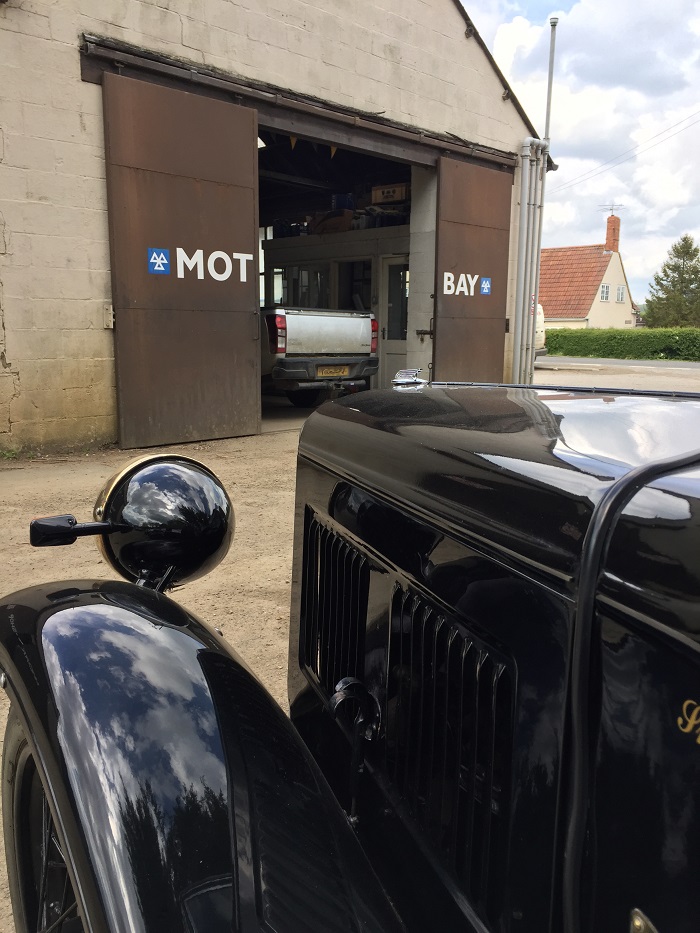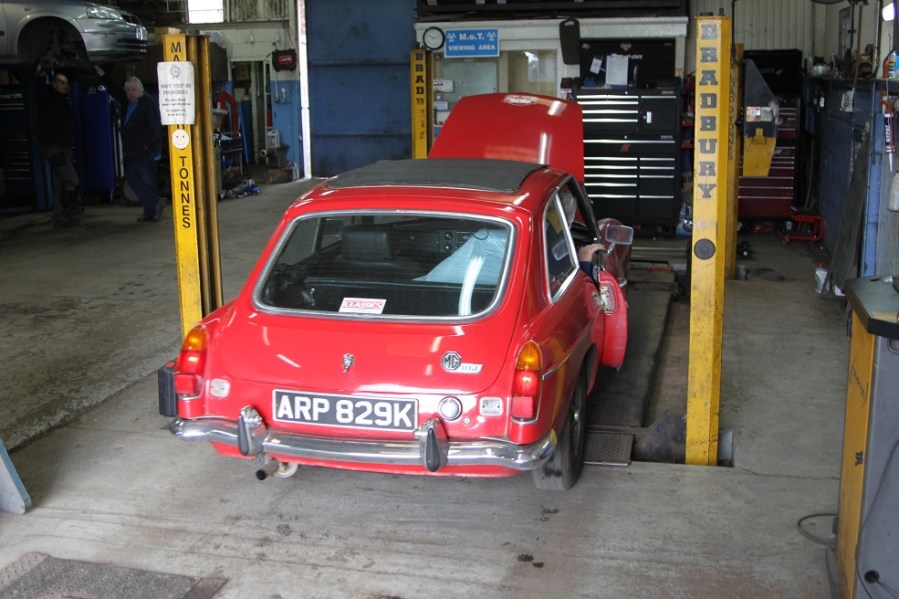As Classic Car Buyer revealed almost three weeks ago, the number of historic vehicles being submitted for MoT tests has dropped by more than half since the law was amended last May to exempt cars over 40 years old which had not been substantially altered. This has inevitably raised concerns over the safety of classics on our roads, but there’s also another factor at play – just how difficult is it to get a classic vehicle properly inspected?
Part of the justification for the law change was that a growing generation of testers not familiar with the quirks of older vehicles will fail them erroneously, and that the modern MoT is no longer relevant to cars over 40 years old.
Further justification was made in the belief that historic vehicles are generally well maintained and used mostly for short journeys, and the rules clearly state that you are still obliged to “keep the vehicle in a roadworthy condition.” Thus, the responsibility for keeping a car roadworthy has shifted more towards the owner of the vehicle.
But here’s the paradox: if a new generation of mechanics are said to be unfamiliar with the quirks of classic cars, why is it assumed that the opposite is true as the cars pass thorough to a new generation of owners?

SAFETY CONSCIOUS
So where does that leave owners who aren’t mechanically-minded, but are conscious enough to ensure their vehicle is roadworthy? Does today’s garage network cater for such people?
On the face of it, the obvious answer is to submit your vehicle for an MoT test voluntarily. It provides a cost-effective chance for a trained mechanic to get your classic up on a ramp and inspect it, and is certainly a whole lot better than nothing. It provides a minimum roadworthiness standard and if an exempt car is tested and fails then it must be fixed, so you can’t leave any failure points to chance. You also get crucial proof on paper that your vehicle was deemed roadworthy at the time of the test.
This approach doesn’t address the issue that the MoT test is inappropriate for some classic vehicles of course, especially when administered by mainstream garages or testers without classic car experience, leading to erroneous failures and a blemished record for the vehicle. However, the FBHVC has helpfully put together a list of MoT stations that understand the special requirements of historic vehicles that can be viewed at www.fbhvc.co.uk/historic-friendly-mot-stations.
The other option is to have your car inspected. The benefit here is that these can be better tailored to a classic vehicle than the less flexible MoT, with potential to be much more comprehensive with certain items not covered by a regular test.
Who you get to perform an inspection involves similar considerations to an MoT test. To their credit, mainstream garages do not appear to have closed their doors on classics in the way many might have feared. Kwik-Fit and Halfords Autocentres are among a host of chains to offer free safety checks, and both said they did not impose an age limit on the cars inspected. But it must be considered that these tests are devised with modern cars in mind and are not comprehensive enough to cater for the extra points of inspection required on a classic. Both the AA and RAC offer more comprehensive vehicle inspections, but the former imposes an age limit of 15 years.
Several more classic friendly garages we spoke to stated that they would be happy to perform an inspection on a classic vehicle. For example at Greenings in Gloucestershire, the home of Alderton Austin Services, they told us they would happily perform a pre-MoT test for customers wanting it, while Nick Rawlinson at Barnack Test Centre in Stamford also said he would offer an inspection service for classic cars. “It doesn’t need to be as stringent as an MoT and emissions don’t need to be assessed, but classic owners should allow an independent eye to inspect for corrosion, steering, or brake defects on a regular basis.”

This approach is arguably better than an MoT in terms of being appropriate for an older vehicle, but there is a notable downside – an invoice from a garage saying a car has been inspected doesn’t certify that a car has been deemed roadworthy in the same way as an MoT certificate.
The answer therefore, would appear to be a proper certified inspection, properly tailored to classic vehicles. To this end, Car SOS star Fuzz Townshend and garage owner Lee Reynolds launched Classic Friendly in 2014, but work commitments led them to step away.
However, we’re pleased to report that the Classic Friendly scheme is set for a relaunch, led by ex-restorer Simon Downing. “For me, Classic Friendly was too good an animal to put back in the barn and just leave it,” he said. “There’s been a lot going on in the background, with technical partners that are starting to work with us, to the point that we are bringing in our IT side to put our Classic Friendly roadworthiness inspection onto a tablet or website.”
So how does it differ from a regular MoT test? “The modern test isn’t relevant for a classic car.” Simon continued. “Our roadworthiness test is a good old-fashioned inspection of a classic car – a 102-point check. It doesn’t give a pass or a fail, it gives an advisory, and we put in a traffic light sequence – red being really bad like a bald tyre, and green being fine.
“All the points have to be visited consecutively so it’s thorough. All the garages will be audited, with a brand-new process going on to make sure they have the correct insurance, skill sets and equipment in place.”
No date for the official relaunch has been confirmed as yet, but the 45-minute test will cost around the same as an MoT. In the meantime, we recommend using the FBHVC’s good garage to get your car regularly inspected, whether that takes the form of an MoT or not. As for those ignoring the need for regular inspections; that’s a whole separate debate and one we will be returning to very soon.







